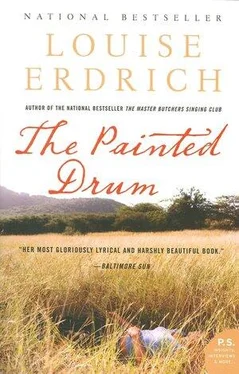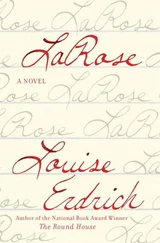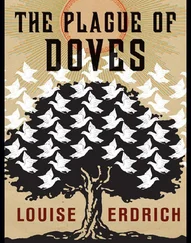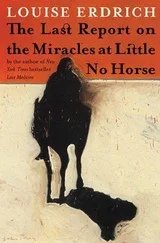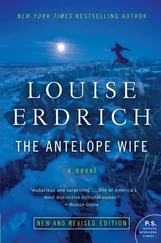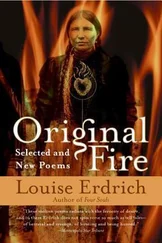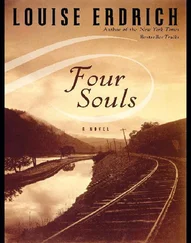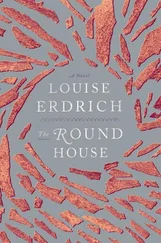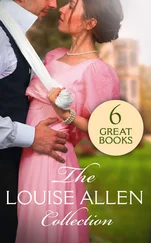They were sharp, they were shrewd, they were flinty, unreasonable, calm cheaters and secret hoarders. They haunted tag sales. Bought food in bulk. Hitchhiked when gas was expensive, though they were not poor. Ate day-old rolls and bread and drank postdated milk. Saved the rubber bands off broccoli and bananas, when they bought such luxuries. They boiled the sap from their trees and stole the corn from their neighbor’s fields. They picked fiddleheads, tore fruit off stunted trees, shot and roasted raccoons. Each fall they bought and salted down or froze half a pig, devouring it from snout to hock over the course of a year. To my mind the Tatros were exactly the sort of cheap old Yankee bachelors who’d have kept a valuable collection of artifacts just because it never occurred to them to part with anything. They never would have thought of donating, or even selling; they would have simply hung on to their stuff—moldering, mothballed, packed away with cedar blocks—until Judgment Day. Or so I hoped.
Curiously, perhaps, as we are put in the way of many fine objects, the house I live in with my mother is not cluttered. It’s not that our vocation has turned us snobbish. Rather, it is the constant reminder of our own mortality that reins us in. The useless vanity of holding on to anything too tightly is, of course, before us always. To strive to own anything of extraordinary value mostly strikes us as absurd, given our own biodegradability. Still, there are a few things we’ve come across and found irresistible. That they are in our line of specialty probably reveals that we are more captive to our background than we admit—a lustrous, black, double-throated Maria Martinez wedding vase; an Ojibwe cradle board, the wrap intricately beaded on velvet; three very fine Navajo rugs; a bandolier bag that was probably carried by the last Ojibwe war leader, Buganogiizhig; a few seed pots; several shaved-quill boxes; and some heavy old silver and turquoise that must be continually polished. Oh, we’d like to leave our path to heaven clear. Travel a spare, true road. Yet we’re human enough.
Sarah Tatro did not intend to let the house and its contents trap her. Over the cup of coffee—one of those thick diner-style white mugs surely swiped from a local café by one of the uncles—she told me that she was anxious to clear the place out and put it on the market. I found her forthrightness appealing and yet, at the same time, that the Tatro house should pass from Tatro ownership after nearly two centuries infected me with a faint melancholy. It is unusual for one place to remain so long in a single family’s hands—I was, surprisingly, tempted to try dissuading her from breaking with the past and carrying on with, of all things, her own life. I controlled myself. I took out my notebook and began to make a rough list of the contents of the house. Later on, I would be joined by two assistants, but I prefer to work alone at first, as does mother. I like to get a feel for the things in the house, a sense of the outlook or taste of the person who, though safely in the next world, still lingers in the arrangement and treatment of goods. I like to make peace with the dead.
Were I a traditional Ojibwe, I would have a special place in the community because of my line of work. According to a number of written sources from my collection, the objects left behind by a dead person were regarded with fearful emotion. They were never kept by family, but immediately gathered up by a person whose job it was to parcel the belongings of the deceased out to others. I assume things haven’t changed much, at least among people who live the old way. Possessions are thought to attract the spirit back to their loved ones, and so only persons unrelated to the dead are considered safe to handle them. Those persons who distribute the objects should not wear the color red—it is the one color the dead are thought to see clearly. It attracts them. They wander toward it. I avoid wearing red in my work, for somehow I find that idea compelling.
I tell Sarah that I am ready to begin a preliminary tagging and cataloguing of the main portion of the house, and then I ask if her uncles had any particular interest, field of study, or collection that might require special handling or appraisal.
“Oh, I don’t know, there’s just so much of everything.” She waves her hands. “So many old sets of dishes. Uncle John owned a number of guns. Some of those are old. And then the closets on the ground floor go way back behind the walls. They’re stuffed. That’s pretty much to say it’s anybody’s guess.”
I am on my own, and very soon I am immersed in the pleasures of my job. The sorrows of strangers are part of my business, and were I to examine my motives in continuing this work, I might find that from their losses I extract some bit of comfort—as though my constant proximity to death protects me and those I love. The furniture in the first two rooms on the ground floor is in adequate repair and quite good, though there are no “finds.” Predictably, the Tatros weren’t bibliophiles, nor is there much in the way of decorative little touches—lamps, vases, figurines. Yet the walls are hung with six nicely done paintings by local artists and there is one oil sketch, a sort of pre-painting drawing, by Maxfield Parrish. I am pleased to see it and I wonder if the Tatros were acquainted with him. That particular discovery would have made my day at any other time. In this case it also indicates the Tatro tendency to hold on to things, as the Parrish was well-known to have value and could easily have been sold. I try not to get my hopes up, but when I open the door to the first closet my fingers are clumsy with excitement. Quickly, I go through what I can see—the usual boxes of magazines. Piles of curtains and old and faded linen. A great many boots of all styles, reaching back for decades. Mothballed coats of everything from wool to skunk skins. The closet goes on and on, but soon enough I decide to leave its contents to the patience of my assistants. The next closet, running between two parlorlike rooms, one of which probably at one time held a piano and other musical instruments, is stuffed with records. 78 rpm. Most swing or big band groups. I’m not an aficionado of the music of that era so I only make notes and leave the details. I am beginning to worry that the rumors were just that when, upon opening the first of a wide bank of drawers built into a wall, I find the first indication of, it seems curious to say, life.
Some estates come to life and others don’t. Some holdings have little personality, others much. For instance, there is a moment I think of still, one I nearly missed. Years ago, I opened a small wooden chest containing what appeared to be handkerchiefs wrapped in tissue paper, only handkerchiefs, bearing the owner’s initials, L.M.B. I was about to empty the box and stack its contents among the linens when I noticed a label. Pinned to each cotton, lawn, lace-trimmed, or embroidered handkerchief, I realized, was a carefully cut piece of paper. Of course, I examined the papers. Each bore a date inked in ladylike script. A name or names were written. And then occasions. Teddy’s Christening. Venetta and John Howard’s Wedding. And then, Teddy’s Funeral. Brother Admantine’s Wake. First Opera, La Traviata. Wedding. Broken Arm. And far down at the bottom, perhaps the first such kept handkerchief and the author of the collection, a child’s small square of fabric clumsily sewn with the initials and labeled My Mother’s Funeral. I remember sitting with the handkerchiefs belonging to L.M.B. as the rest of the work of pricing and sorting swirled around me. Here was a box containing a woman’s lifetime of tears. I passed through several stages of emotion. The first was elation at the novelty of such an odd, Victorian idea, and the urge to show the box and its contents to my assistants. Next, I was swept through with such irritation for this evidence of outrageous thrift that I had a rare thought. I almost never think of non-Indians as white. After all, my own skin is pale. But I experienced a sudden bolt of prejudice that surprised me. Just like a white lady, so stingy with her tears she kept them, and then I recovered myself and sat further, still holding the box, which was very light, the wood dry old varnished pine, and turning over one and the next handkerchief. Theodor’s Precious Birth. Aunt Lilac’s Deathbed Supper. What was a deathbed supper? Cousin Franklin’s Wedding to Mildred Vost. More funerals. As the other workers tackled the next room, I was left alone with the box in my lap and it was then, sitting with L.M.B.’s sorrows and joys, that my own eyes filled with tears. There weren’t many. I am not the crying sort anymore. So when I did feel that swell of sadness I reached immediately for one of the handkerchiefs, dabbed my eyes dry, and added my own tears to the box. Then I closed the box. I knew what had happened was exactly right. Tears Shed for L.M.B., I might have written on a scrap of paper. I’d have to buy the box myself now, but that seemed the proper close to the collection.
Читать дальше
